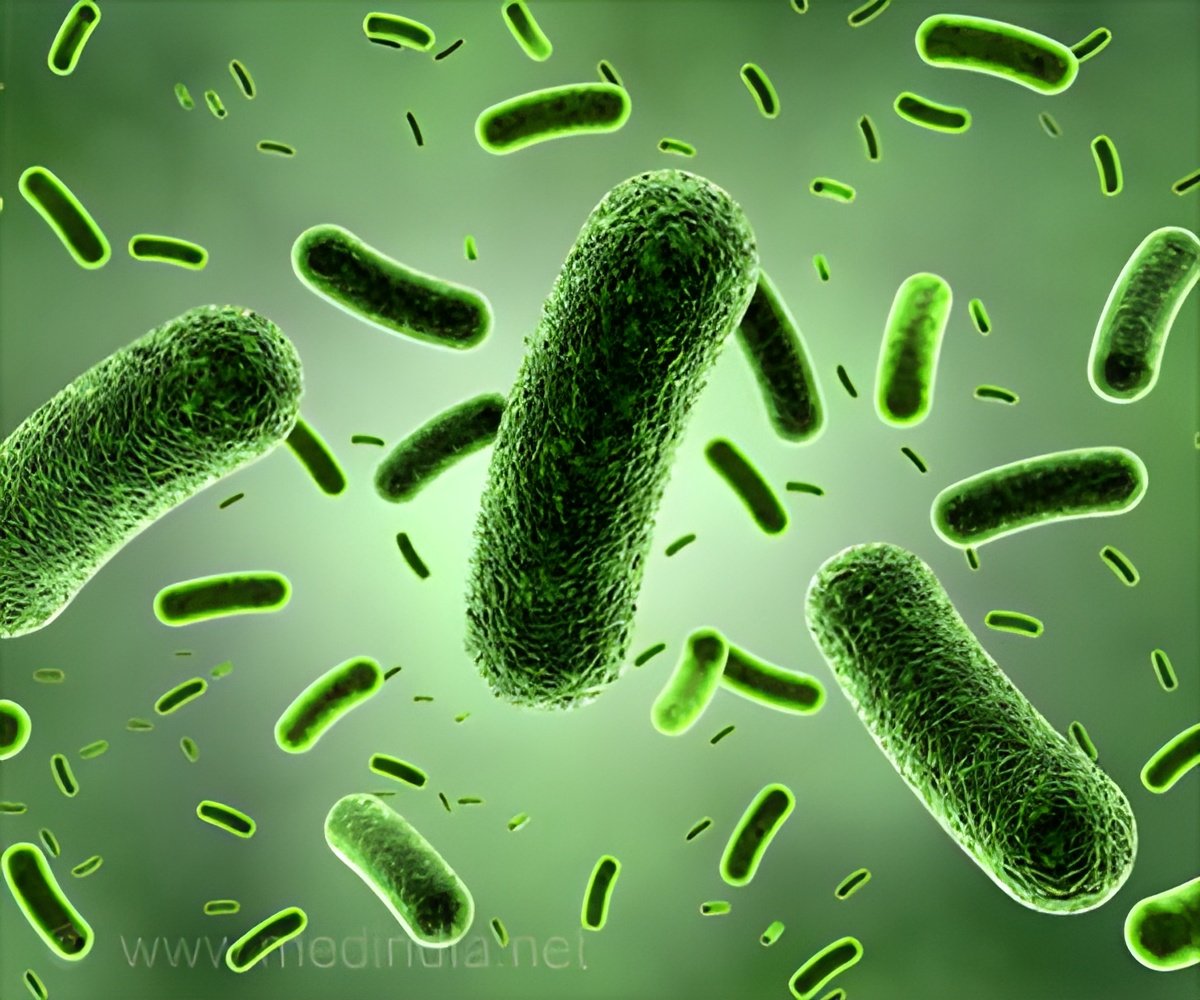Bacteria is responsible for chronic and serious infections in people with lung diseases, such as cystic fibrosis, and in chronic wounds.

- Bacterial resistance to antibiotics is a growing problem as it causes 2 million infections.
- An e-scaffold consisting an antibiotic in combination with electric current kills bacteria causing infection.
- Electrical current from the scaffold produces a low and constant concentration of hydrogen peroxide which permits the antibiotic to kill bacteria.
Led by Haluk Beyenal, Paul Hohenschuh Distinguished Professor in the Gene and Linda Voiland School of Chemical Engineering and Bioengineering, the research team used an antibiotic in combination with the electric current to kill all of the highly persistent Pseudomonas aeruginosa PAO1 bacteria in their samples.
The bacteria is responsible for chronic and serious infections in people with lung diseases, such as cystic fibrosis, and in chronic wounds. It also often causes pneumonia for people who are on ventilators and infections in burn victims.
Researchers used an "e-scaffold," a sort of electronic band-aid made out of conductive carbon fabric, along with an antibiotic to specifically tackle cells that persist antibiotics.
The e-scaffold creates an electrical current that produces a low and constant concentration of hydrogen peroxide, an effective disinfectant, at the e-scaffold surface. The hydrogen peroxide disrupts the biofilm matrix, damages the bacterial cell walls and DNA, allowing better antibiotic penetration and efficacy against the bacteria.
Researchers have tried electrical stimulation as a method to kill bacteria for more than a century but with only mixed results. Beyenal's team determined the conditions necessary for the electrochemical reaction to produce hydrogen peroxide. The current has to be carefully controlled, however, to assure the correct reaction at an exact rate. Their method also does not damage surrounding tissue, and the bacteria are unable to develop resistance to such an electrochemical treatment.
The researchers have filed a patent application and are working to commercialize the process. Already several companies have contacted WSU to discuss commercialization. They also hope to begin conducting clinical tests.
Similar to the way that penicillin was discovered by accident, the research to develop the e-scaffold actually came out of Beyenal's group's failed attempt to improve fuel cells, he said. When the researchers figured out they could only produce a small amount of electric current for their fuel cell cathode, they decided to see if they could use the process for a different purpose.
"As engineers, we are always trying to find solutions to a problem, so we decided to use bad cathodes to control biofilm growth, and it worked. Our inspiration came from the fundamental work to understand its mechanism" he said.
Source-Medindia















